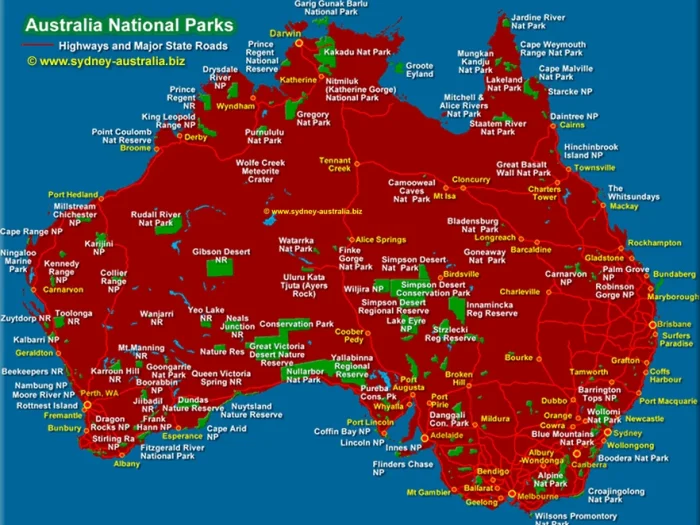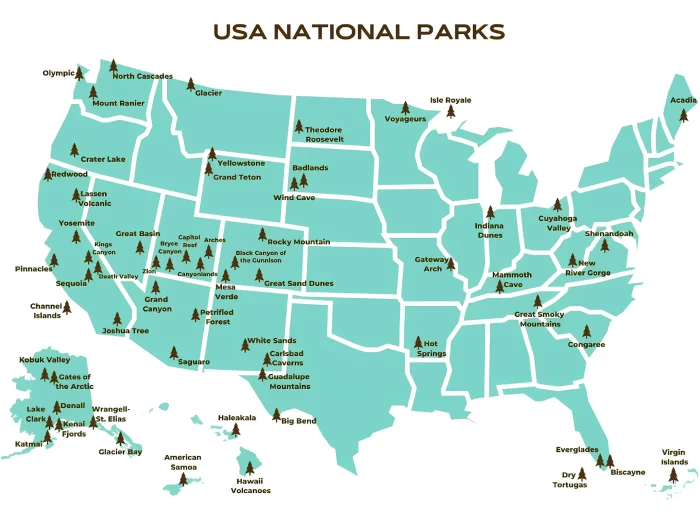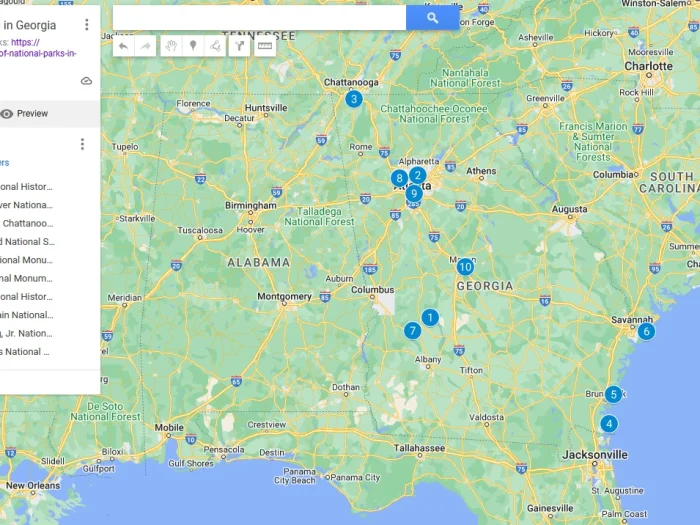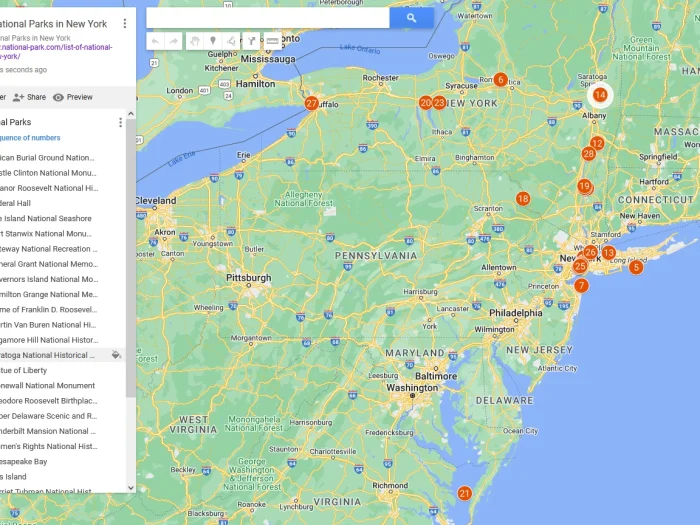The Best First-Timer Tips for Riding an E-Bike in US National Parks
Ever stared at a mountain trail and thought, “Nope, not today”? You’re not alone. Plenty of people want the adventure—just without the gasping. That’s where e-bikes come in. They’re fast, quiet, and don’t leave you sweaty five minutes in.
Across national parks in the United States, e-bikes are changing who gets to explore. Families, seniors, even casual visitors are covering miles they never imagined. Parks feel more open and accessible, though not without a few growing pains. Not every trail welcomes speed, and not every ranger is a fan.
Still, if you’re considering bringing one along, you’re part of a much bigger trend. E-bikes aren’t just popular—they’re reshaping how people experience the wild. In this blog, we will share the best first-timer tips for riding an e-bike in national parks.
Know the Rules (Even if No One Else Does)
E-bike rules in national parks are all over the place. One park rolls out the welcome mat, another shuts the gate. That’s because there’s no standard policy—each park decides for itself. Some allow e-bikes on paved roads but ban them from dirt trails. Others only allow Class 1 models, which assist only while pedaling and cap at 20 mph.
So what should you do? Don’t assume—check ahead. Call the park, visit the website, or ask a ranger. Even then, answers might be fuzzy. Rules change quietly, and clear signs aren’t always there. Stay informed.
Choosing the Right E-Bike for the Park Life

Let’s say you’re ready to jump in and ride. You’re craving that smooth, battery-powered glide past tree-lined roads and scenic overlooks. But before the adventure begins, you need the right gear. That means choosing the bike that fits your lifestyle—whether it’s quick errands around town or winding trails in the woods. Some riders even decide to buy electric bike models that handle both with ease, offering comfort and reliability across different terrains. The right setup makes all the difference when the road starts to twist and climb.
Here’s where things get interesting. Not every e-bike is made for dirt paths, steep grades, or gravel roads. Some are city cruisers in disguise. They’ll handle a paved loop around Yosemite, sure—but don’t expect them to crush a trail in Zion. Look for models with thicker tires, a bit of suspension, and enough battery life to last the roundtrip. Especially when you’re far from any outlets.
Then comes weight. E-bikes can be heavy. Really heavy. You might not feel it while riding, but lifting one onto a car rack or dragging it over a fallen tree? That’s a workout in itself. If you’re planning to ride where roads disappear, the lighter the frame, the better your odds of making it back with dignity intact.
And yes, helmets matter. They’re not just a fashion statement. National parks are full of distractions—deer, cliffs, tourists with selfie sticks. Staying alert is one thing. Staying safe? That’s another story.
Trail Etiquette Isn’t Optional—It’s Survival
Picture this: you’re cruising along a trail, breeze in your hair, feeling like you’re in a commercial. Then, out of nowhere, a group of hikers jumps like startled cats as you whiz past. Not a good look.
E-bikes might feel like magic, but to others, they’re a surprise waiting to happen. That’s why etiquette matters. Ride slow around corners. Give hikers space. Signal when you pass. Smile like your life depends on it. Because honestly, it might—especially if someone’s holding a trekking pole like a jousting lance.
Remember that some people don’t want to hear a motor in their slice of the wild. They came for quiet. They don’t care if it’s electric or gas. To them, a fast-moving bike is just another thing that doesn’t belong. Being respectful—of space, noise, and trail rules—is the only way to keep e-bikes welcome.
Battery Life Has Trust Issues
Your e-bike’s screen says you’ve got 60% battery left. Seems safe, right? Now subtract the incline, the headwind, and the fact that you took the long way back because the view was just too good. Suddenly, you’re coasting downhill with a blinking warning light and no cell service.
Battery anxiety is real. National parks aren’t known for their charger access, and you won’t find a USB port tucked behind a pine tree. Know your range. Know your route. And bring a little humility with you. Just because your bike can go 40 miles doesn’t mean it will.
Smart riders bring backups—a portable charger or even a spare battery. Others play it safer and turn the pedal-assist down low. Either way, treating your battery like a precious resource (and not a magic carpet) is the key to finishing the ride upright.
The New Face of Outdoor Travel
Let’s zoom out for a second. This isn’t just about a cooler way to ride. E-bikes are changing how people experience public lands. They’ve become a symbol of low-carbon travel. A workaround to traffic-clogged park roads. A way for grandparents to ride with grandkids. For someone with a bum knee to see the top of a hill again.
Of course, change always sparks debate. Some environmental groups worry about trail erosion. Others fear overcrowding. And honestly, those concerns deserve attention. But so do the stories of people who, for the first time, feel like they belong out there. National parks were built for awe. For wonder. If e-bikes help more people find that feeling, maybe that’s worth embracing—with a bit of caution.
There’s also a weird irony here. Parks once built roads for cars. Now those same roads overflow, and visitors are told to bike instead. It’s progress with a twist. Cleaner, yes. Simpler, maybe. But also messier in the way all transitions tend to be.
Riding into the Wild, One Pedal at a Time
So here you are, e-bike fully charged, water bottle filled, sunscreen applied like you mean it. Whether you’re heading to Acadia’s coastlines or the vast curves of the Grand Canyon’s rim, your first national park ride is going to be memorable.
Just don’t treat it like a race. Let the slower pace surprise you. Stop for that view even if it’s not on a map. Let someone pass without rolling your eyes. Laugh when you realize you missed the trailhead and have to backtrack three miles. These are the moments that stick.
E-biking in national parks isn’t just easier—it’s different. It rewrites the script. You’re no longer exhausted before the real views begin. You’re part of a growing community of riders who see wilderness as something to glide through, not conquer.
And maybe, just maybe, you’ll find yourself asking a new question: why did I wait this long to ride?




